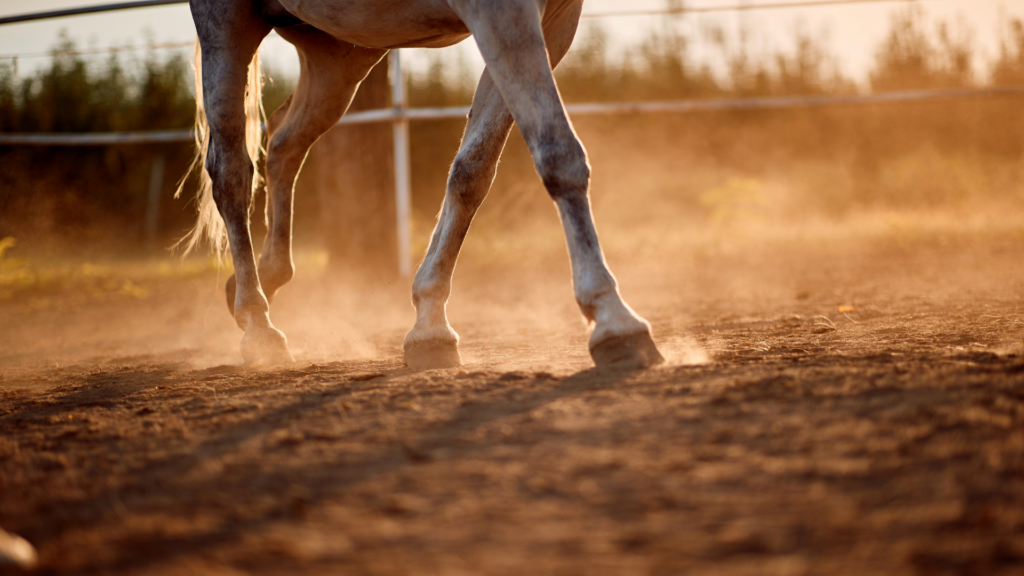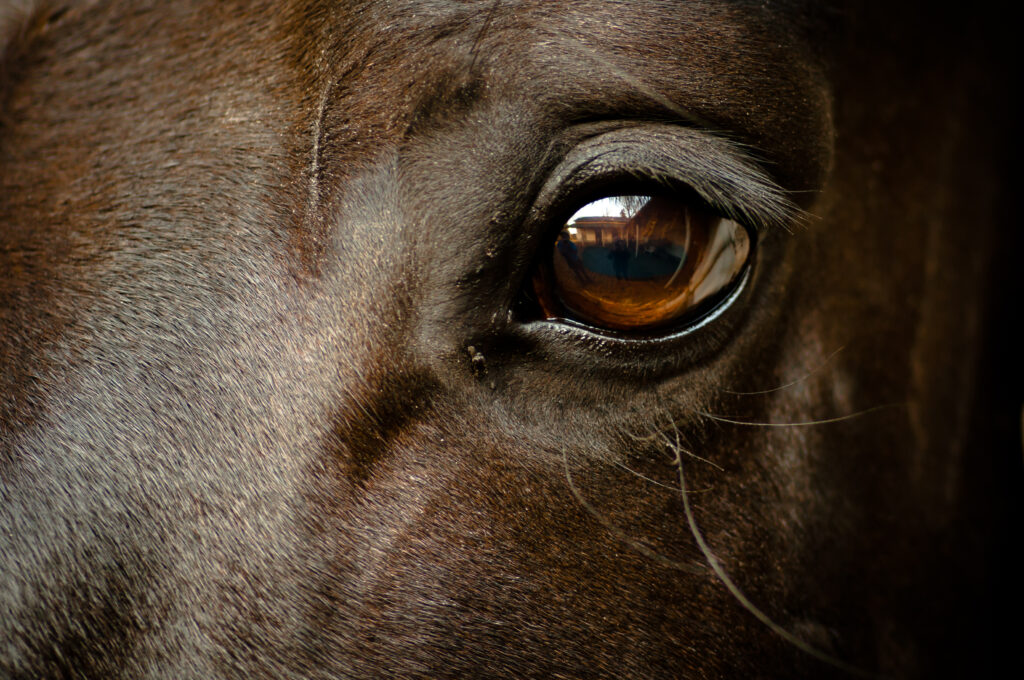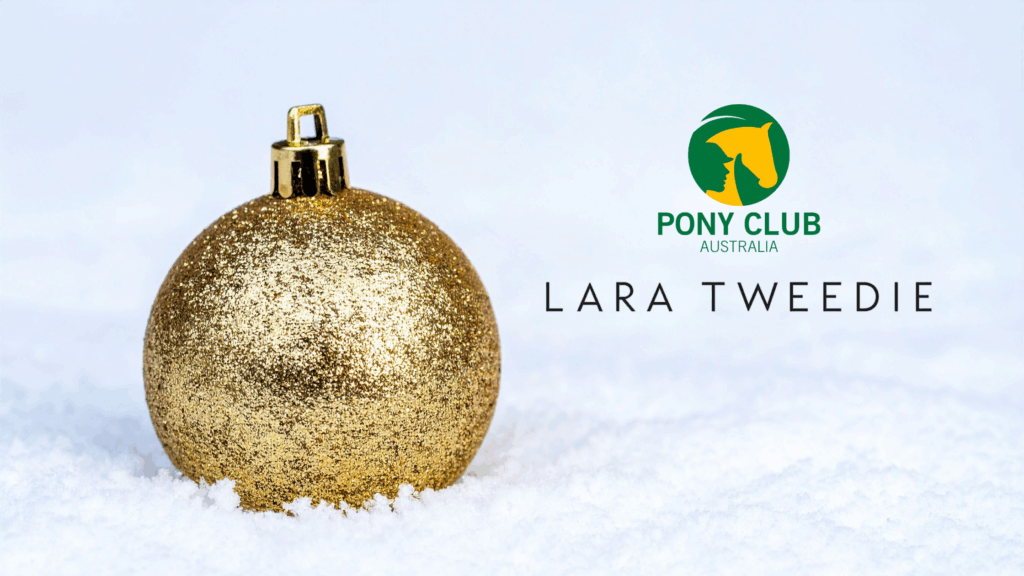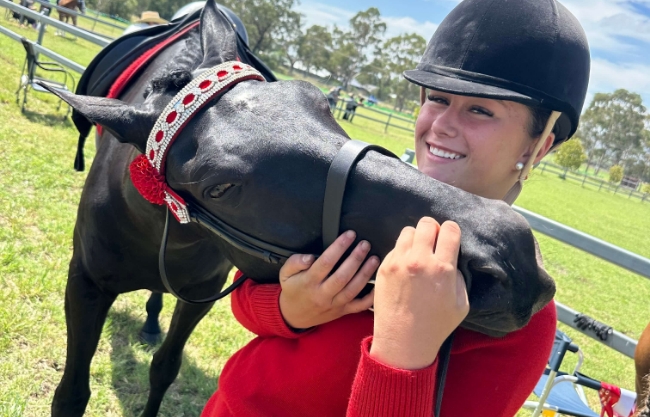Every Pony Club member should have a well-stocked horse first aid kit—whether at home, at Pony Club, or while travelling.
It’s not only about managing minor wounds, but being ready to act confidently and calmly in more serious situations while waiting for the vet.
To make it easy, we’ve created a downloadable checklist to help you pack and maintain your own kit.
Download the Horse First Aid Checklist
What to Pack (and Why)
Your kit should be stored in a clean, portable container and checked regularly. Each item plays a role in wound care or bandaging. Here’s what to include—and how it comes into play if your horse is injured:
- Cotton wool or Gamgee – used to apply pressure to bleeding wounds or as padding under bandages to prevent pressure sores.
- Animalintex poultice – for drawing out infection or treating abscesses.
- Wound dressings and antiseptics – to clean and cover minor wounds.
- Antiseptic wound spray (with fly repellent) – helps prevent infection and deters flies.
- Cohesive bandages (e.g. Vetwrap) – secures dressings and padding; flexible and self-adhering.
- Adhesive bandages – can help seal the top and bottom of a bandage in sandy or dusty environments.
- Scissors – for trimming bandages or cutting dressings to size.
- Thermometer and stethoscope – vital for checking temperature and heart rate if your horse is unwell.
Also include:
- A notebook with your horse’s normal vital signs and space to record vet instructions.
- Your vet’s phone number, printed near the kit and saved in your phone.
- Wire cutters, stored in an easy-to-find spot—especially if you have wire fencing.
Heading to Pony Club, lessons, or competitions? Pack a smaller version of your kit in your float or truck.
How to Bandage in an Emergency
Having the right supplies is only part of the picture—knowing how to use them is just as important.
For Heavy Bleeding:
- Use cotton wool or Gamgee to apply direct pressure.
- Wrap the leg with more Gamgee for padding and support.
- Use cohesive bandages to hold everything in place, bandaging firmly but not tightly.
- Extend the bandage above and below the wound.
- If bleeding continues, apply another bandage over the top.
For Minor Wounds:
- Clean with antiseptic spray and cover with a sterile wound dressing.
- Wrap the area with Gamgee or cotton wool for padding.
- Secure with a cohesive bandage, overlapping each turn by half the width of the bandage.
- Leave 1–2cm of padding exposed at the top and bottom to avoid pressure points.
- In sandy or dusty yards, seal the ends lightly with adhesive bandage to prevent debris getting in.
Be Prepared, Stay Calm
A ready-to-go first aid kit not only supports your horse’s welfare but gives you confidence when it matters most.
Click here to download your First Aid Kit Checklist and get started.










